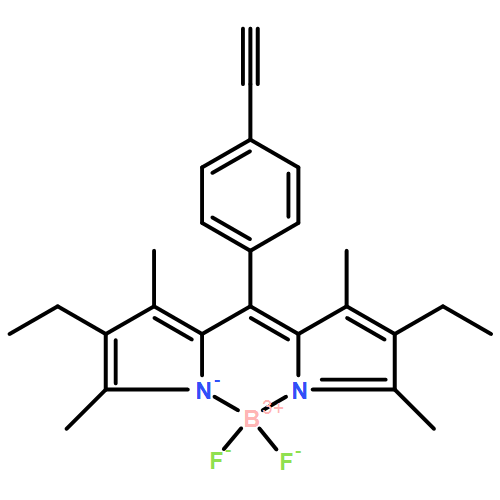A general procedure for the assembly of hetero-bifunctional cubic silsesquioxanes with diverse functionality and a perfectly controlled distribution of functional groups on the inorganic framework has been developed. The method is based on a two-step sequence of mono- and hepta-functionalization through the ligand-accelerated copper(I)-catalyzed azide–alkyne cycloaddition of a readily available octaazido cubic silsesquioxane. The stoichiometry of the reactants and the law of binomial distribution essentially determine the selectivity of the key monofunctionalization reaction when a copper catalyst with strong donor ligands is used. The methodology has been applied to the preparation of a set of bifunctional nano-building-blocks with orthogonal reactivity for the controlled assembly of precisely defined hybrid nanomaterials and a fluorescent multivalent probe for application in targeted cell-imaging. The inorganic cage provides an improved photostability to the covalently attached dye as well as a convenient framework for the 3D multivalent display of the pendant epitopes. Thus, fluorescent bioprobes based on well-defined cubic silsesquioxanes offer interesting advantages over more conventional fully organic analogues and ill-defined hybrid nanoparticles and promise to become powerful tools for the study of cell biology and for biomedical applications.


